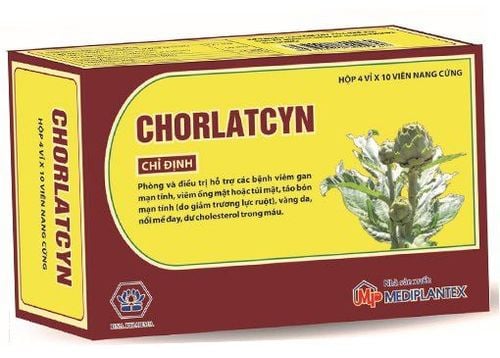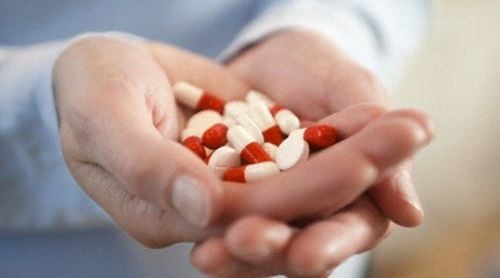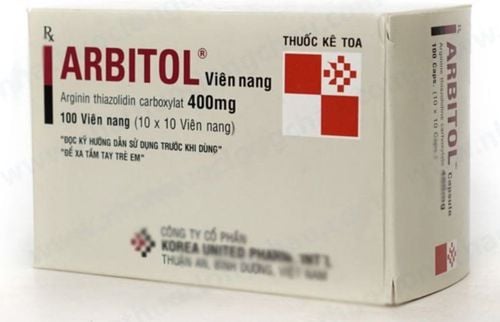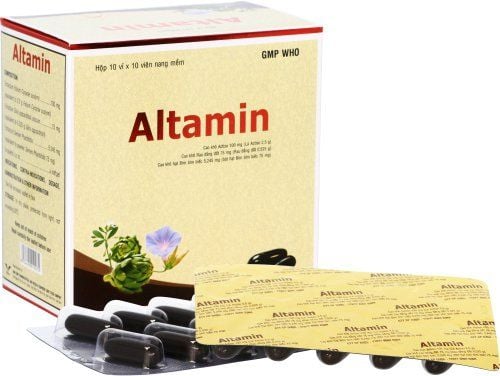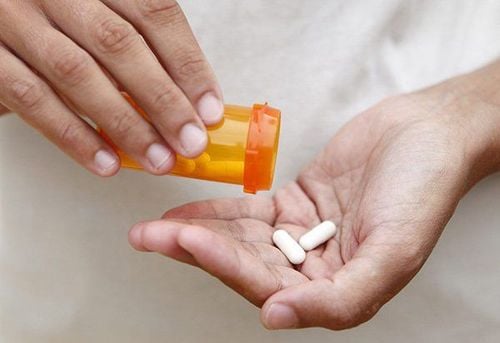This is an automatically translated article.
Since the 4th century BC, Greece has used to protect the liver and until now has always been widely used in the treatment of hepatobiliary diseases. That is the chrysanthemum plant. Today, it has been determined that this effect is derived from the active ingredient Silymarin in the seeds and the extract of the active ingredient that makes the medicine silygamma 150mg.
1. About chrysanthemum plant
Milk thistle, also known as milk thistle, holy thistle (English name: Milk thistle), the reason for its name is because when the leaves of milk thistle are broken, there will be a milky flow. Chrysanthemums are herbaceous plants and are now grown all over the world. Over the past 50 years, scientists have identified a group of compounds with the common name silymarin consisting of flavonolignans with antioxidant, anti-inflammatory, and hypoglycemic properties.
Parts of chrysanthemum plant can be used in a variety of ways, first of all to extract silymarin, which is widely used in the treatment of liver and biliary diseases. Chamomile is applied directly to the skin to reduce skin damage caused by solar radiation. The leaves and flowers are used as a salad alternative to spinach. Roasted chrysanthemum seeds to use as coffee.
2. What is Silygamma 150mg?
The original name of Silygamma 150mg is a dried extract of chrysanthemum fruit belonging to the subgroup of drugs for bile duct, gallstone dissolution and hepatoprotective containing the main active ingredient is Silymarin and some other excipients such as: higher-chain partial glycerides, calcium carbonate, gum Arabic, corn starch, glycerol 85%, polysorbate 80, lactose, crystalline cellulose, sucrose, titanium dioxide (E 171), polyvidone, talc, magnesium stearate,...
Drug effects Silygamma 150mg is supportive adjuvant treatment of cirrhosis, chronic hepatitis and toxic liver damage. Silygamma 150 mg should not be used to treat acute intoxication.
3. Mechanism of action Silygamma 150mg - Pharmacodynamics
Based on outstanding properties and test models, it is recognized that Silygamma has antioxidant activity and acts as a free radical scavenger. In this way, the pathological process due to oxidative delipidation that destroys the cell membrane is disrupted or prevented. At the same time, silymarin also stimulates protein synthesis and restores normal phospholipid metabolism in previously damaged liver cells.
As a result, the loss of soluble products of hepatocytes (such as transaminases) is inhibited and the cell membrane is stabilized.
In addition, Silygamma also inhibits substances that are toxic to the liver as soon as they enter the cells.
After Silygamma 150mg is absorbed from the gastrointestinal tract, more than 80% of silibinin - the main component of silymarin is excreted in the bile as glucuronide and sulphate conjugates. Only about 10% of the administered dose enters the enterohepatic circulation for a relatively low maximum concentration of the drug in the blood. The half-life is 6.3 hours and there is no accumulation of silibinin in the body.
4. Dosage and how to use Silygamma 150 mg
The information provided below cannot replace the advice of medical professionals, so before using Silygamma 150 mg you should always consult with your doctor, pharmacist.
Dosage of Silygamma 150mg for adults and children over 12 years old is 1 tablet / time x 2 times / day, taken with water before or during meals. The duration of treatment with silygamma will be decided by the doctor.
For children under 12 years old because there is no research and evidence on the safety of the drug, you need to consult a doctor for more detailed information
5. What should you pay attention to when taking Silygamma 150?
Some notes that you should know when using Silygamma 150mg, tell your doctor, pharmacist if you have a history or are in the medical conditions mentioned below:
Allergic to any ingredients any part of the drug, chrysanthemum or other chrysanthemums; Jaundice (yellowing of the eyes) Pregnancy or breast-feeding: There are not enough studies on the risks of using this drug during these periods, but it should only be used when the risks and risks have been carefully weighed. benefits that the drug brings under the doctor's prescription. Patients with galactose intolerance due to lactase deficiency, rare hereditary problems or glucose-galactose malabsorption are in the group of caution when using Silygamma. Along with drug treatment, it is necessary to stay away from agents that cause liver damage (such as alcohol, alcoholic beverages,...). The drug does not affect the ability to concentrate when driving or operating machinery
6. Side effects of Silygamma 150mg
Digestive problems such as mild diarrhea (rare); Reactions of redness, difficulty breathing (very rare). When experiencing these undesirable effects, you should stop taking the drug and go to medical facilities for timely treatment. The above does not include a complete list of effects. side effects, if you have any questions about side effects, consult your doctor or pharmacist.
7. Overdose and forgot dose of silygamma 150mg, how to handle?
Overdose: To date there have been no reports of these symptoms however if you experience an emergency or overdose, go to the nearest health department or call your local emergency center 115. Forget 1 Silygamma 150mg dose: take the medicine as soon as possible but if it is too close to the next dose, you should skip that dose and take the next dose at the usual dose of 1 tablet at a time and do not double the dose.
8. How to store Silygamma 150
You should store Silygamma 150 at a temperature below 30°C, away from moisture and light. Keep Silygamma 150 out of reach of children and pets. Above is all the information about the drug Silygamma 150, before using you need to carefully read the instructions when using it to get the best results.
Please dial HOTLINE for more information or register for an appointment HERE. Download MyVinmec app to make appointments faster and to manage your bookings easily.




